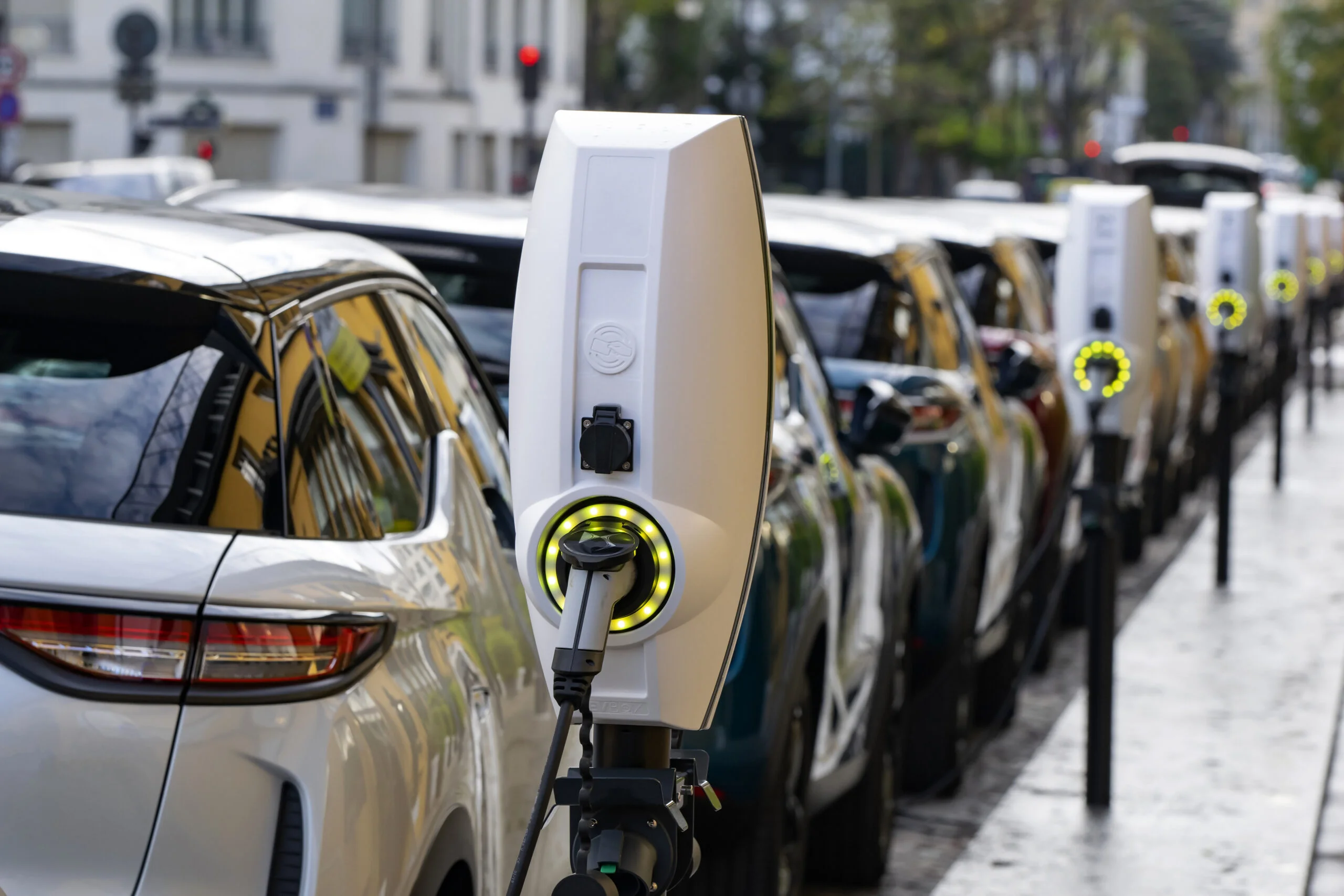Pump the Brakes: Electric Vehicles Aren’t Going Anywhere!

Since taking office, the Biden administration has committed to mitigating the effects of climate change, while positioning these challenges as a source of economic opportunity. These were the motivations that drove the Inflation Reduction Act, as well as mandates to increase electric vehicle production to 50% of all vehicles manufactured in the United States by 2030. That goal has proved daunting lately, as the EPA recently announced they are considering compromising on car and truck emissions regulations. Furthermore, escalating production has proven challenging for groups like automakers, labor unions, and green activists to help realize.
It’s easy to imagine that any slowdown in EV production may lead to a decreased demand for utilities to keep up with. The book A Thousand Barrels a Second demonstrates that the history of innovation is often relative to available fuel sources. Humanity has endured fuel shortages throughout history, from wood shortages in Europe to the near extinction of sperm whales hunted for the oils they produced, ideal as an illuminant.
Fossil fuels are no different, a finite resource that analysts believe will run out in approximately 50 years. Because of the finite nature of this fuel, costs will only ever continue to rise over time, until they are too expensive for practicality; electricity is, however, a renewable resource that can be replenished. So while manufacturing mandates may loosen, the reality of electric vehicles remains not only imminent but inevitable.
A Brief History of Electric Vehicles
While electric vehicles have gained increasing traction in the public zeitgeist, the concept is older than combustion engines. The first electric cars were invented as far back as 1828, by innovators in Hungary, the Netherlands, and the U.S. With the inception of the combustion engine and improvements to mass manufacturing technologies, electric vehicles were quickly phased out in favor of fossil fuels, which were convenient, if dirty. Electric vehicles were rarely mentioned after Henry Ford’s early-20th-century innovations until gasoline shortages in the late 1960s and ’70s sparked public interest.
Moving into the 21st century, electric vehicles have taken on a new importance as the most likely candidate to replace combustion engines to better decarbonize during the energy transition. With more electrification projects—including the broader production and adoption of electric vehicles—these technologies have demonstrated pain points in the national electric and transportation infrastructure: more EV charging stations are necessary to calm understandable range anxiety among consumers, while utilities face an increase in electric load and demand that doesn’t conform to pre-existing charging/usage patterns. So what’s next?
Electrification is Still King
To meet decarbonization objectives, electrification is an inevitability. Peak oil is coming. According to the IEA, experts believe that peak oil—the high point at which global oil production has achieved the maximum possible production, but will only decline thereafter—will arrive by 2030, a mere 6 years in the future. While for now, 60% of U.S. energy demand is met through the use of fossil fuels, peak oil production and decarbonization efforts will continue to diminish the potential for fossil fuels at the scale at which we currently use them. During this energy transition, further electrification will create a greater encumbrance on the grid, albeit one that can and will inevitably be replaced by greener fuels.
Fortunately, electricity doesn’t require fossil fuels: electrification shifts the potential of energy away from that need, allowing any source—including renewables—to meet demand. For example, a common concern with electric vehicles is that, while they may not feature combustion engines, they are still likely powered by fossil fuels like natural gas because that is one very common way that utilities generate electricity. Still, researchers at MIT found that even as measured through the carbon intensity of the U.S. power grid, electric vehicles still generate 25% less carbon than hybrid vehicles. Ultimately, because electricity generation does not require natural gas, a diversifying energy portfolio will replace the dirtier, carbon-heavy fuels that we currently use.
Electric Vehicle Challenges
Electric vehicles represent a growing concern for utilities as they add increased demand to an already taxed system. While fears that increased electric vehicle adoptions will lead to more grid challenges are understandable, experts believe that with the right planning and technologies to support robust load management strategies, the grid can support more electric vehicles. Let’s look at a few examples of how software can help utilities with their load management strategies.
Solution: EV Managed Charging
Through EV managed charging, utilities can better manage the growing fleet of electric vehicles in any territory through concerted device control capabilities provided by a distributed energy resource management system (DERMS). Like demand response, EV managed charging is a conservation strategy that calls upon program participants to shift or decrease their charging habits during high periods of peak consumption. Additionally, by utilizing EV telematics—a feature common to many new electric vehicles—utilities can garner device-level analytics ideal for informing your programmatic strategies.
Solution: V2G Charging & Virtual Power Plants
Like solar, battery, and smart home devices like thermostats and water heaters, electric vehicles are a type of distributed energy resource (DER). As such, utilities can employ electric vehicles in various DER strategies, including V2G charging or virtual power plant functionality. Vehicle-to-grid (V2G) charging is a bidirectional charging scheme that allows utilities to pull energy from stationary vehicles, recharging any energy consumed at off-peak hours of consumption. A virtual power plant aggregates existing community energy assets, including electric vehicles, to either replenish or conserve energy in aggregate over broader service territories.
Electric Vehicles Aren’t Going Anywhere Conclusion
While EV adoption rates have slowed some recently, the overall consumer interest remains high. Electric vehicles are becoming cheaper than ever, making them increasingly accessible to an interested public. Irrespective of political commentary, electric vehicles remain a strategic priority in the mitigation of climate change during the energy transition; utilities that prepare today will be positioned best to manage the increased demand that will inevitably hit the grid.





